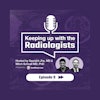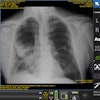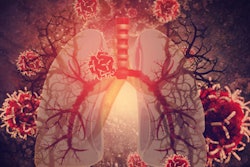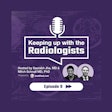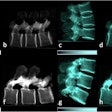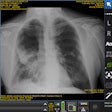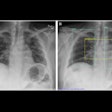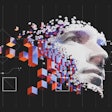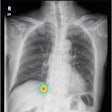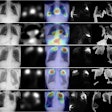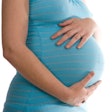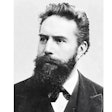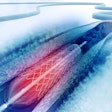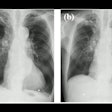
CHICAGO - An artificial intelligence (AI) algorithm can predict the future healthcare expenses a patient will incur over the next five years just by analyzing their chest radiographs, according to award-winning research presented Monday at the 2019 RSNA meeting.
After training a deep-learning model using chest x-rays and five-year costs for nearly 20,000 patients, a team of researchers from the University of California, San Francisco (UCSF) found that it could yield an area under the curve of 0.79 for identifying patients at risk for heavy healthcare spending in the next five years.
"The model can also be used to raise alarm against a seemingly healthy chest radiograph," said presenter Yixin Chen.
The research was awarded the Trainee Research Prize - Medical Student by the RSNA.
Efforts are underway in healthcare to identify patients who are likely to need significant amounts of medical care in the future; the top 50% of spenders account for 97% of the total healthcare expenditures, Chen said.
The goal is to enable intervention earlier in the disease process, yielding lower costs and better results for patients than trying to tackle disease in its final stages, study co-author Dr. Jae Ho Sohn told AuntMinnie.com.
"Early intervention on these high-risk patients can allow us to improve their health and reduce societal spending on healthcare," Sohn said.
As a result, the researchers sought to develop a method that could provide a rough prediction of medical cost based on analysis of chest radiographs. They used a ResNet model to extract features from chest x-rays and then combined that information with demographical data such as the patient's age, sex, and zip code median income to train a regression and classification model.
The regression model will predict healthcare expenses within five years after the chest radiographs were taken, while the classification model identifies the top 50% of spenders in the next five years.
They trained the system using 21,872 chest radiographs and patient information from 19,524 patients at the UCSF Medical Center. Four specific classification and regression models were created: one trained only on patient costs, age, sex, and median zip code income; one trained only on chest x-ray features and patient costs; and two different models based on both patient information and chest x-ray features.
After validation on a set of test cases, the model trained only using the chest x-ray and patient costs yielded the highest area under the curve (0.79) for predicting the top 50% of spenders. It also produced a similar Spearman correlation R value of 0.67 for predicting five-year expenditures to the two models trained with both chest x-ray features and demographical data.
The researchers acknowledged a number of limitations in their study, including its reliance on a dataset consisting mostly of patients living in the San Francisco Bay Area and the West Coast.
"It might not be generalizable to the non-American healthcare system," Chen said.
What's more, development and testing of the model used data from only one institution, she noted.
In future plans, the researchers would like to employ a similar approach on different algorithms and on data from other institutions and regions, Chen said.
